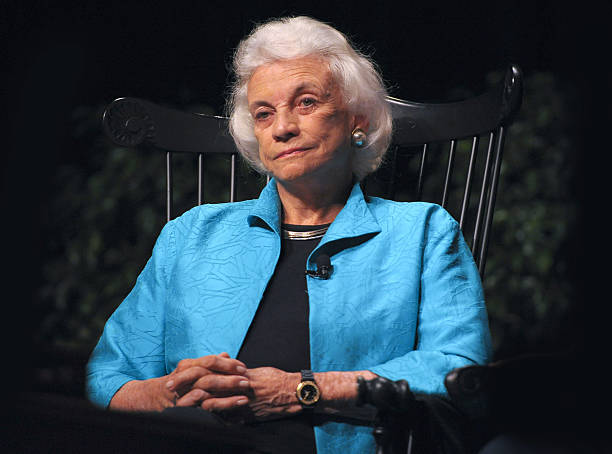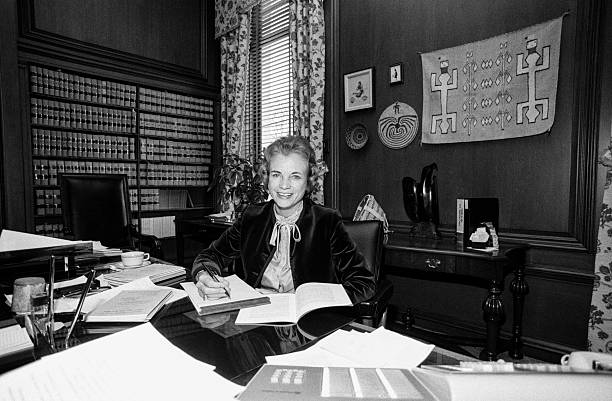
Sandra Day O’Connor, at one time considered the most powerful woman in America, was a trailblazer for women in the legal profession and in politics. She made history in 1981 as the first female supreme court justice. Without looking back, it is easy to overlook that major milestone given that 4 out of the current 9 US Supreme Court justices, are women. However, her tenacity and her achievements are put into perspective when looked at from the point of view that she was not able to get a job after she graduated from law school given her gender.
In fact, she had to offer to work for no salary as well as without an office, for her to get a job as a deputy county attorney in San Mateo, California. This is despite the fact that her academic brilliance was not in question. At one law firm, she was even offered the position of a secretary as opposed to that of an attorney, of which she was well qualified to be.
Early life
Sandra Day was born on March 26, 1930 in El Paso, Texas. Her parents owned a 198,000-acre family ranch in Arizona where she grew up. Later in life, she attributed the ranching lifestyle for her independence and self-reliance which she got while branding cattle, driving tactors and even shooting rifles.
Since the ranch was far away from schools, she had to live with her maternal grandmother during the school days and then back to the ranch for holidays and for summer. When she was 16 years old she enrolled at the prestigious Ivy League school, Stanford University, where she graduated in 1950 with a magna cum laude in Economics. She then went on to Stanford Law school in 1952 and went on to achieve the order of the coif, meaning that she was in the top 10 percentile of her class.
While at Stanford, she got 4 marriage proposals, including one from William Rehnquist, whom she dated in college until he graduated and moved to another state. Rehnquist would go on to serve in the US Supreme Court and also be the 16th Chief Justice of the United States. In an interesting twist of fate, the two of them served together in the US Supreme Court until Chief Justice Rehnquist died. She was also at that time, in the process of resigning to care for her ailing husband.
Family life
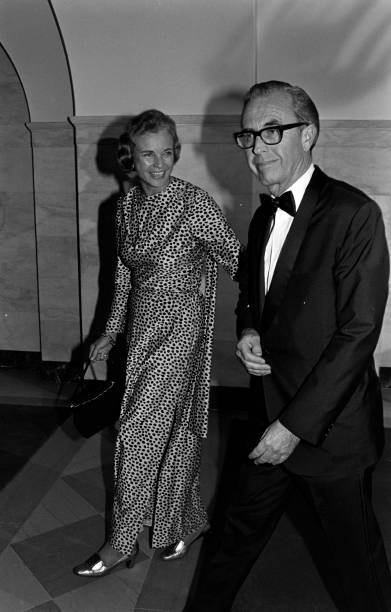
Sandra Day dated John Jay O’Connor III, who was a year behind her in college. She was a final year student when they started dating. 6 months after she graduated, the couple got married at Day’s family ranch. Which was in 1952.
Day worked for 3 years as a civilian lawyer for the Quartermaster Corps when her husband was drafted. So, she decided to go to Germany as a civilian attorney so they could be together. Thereafter, they returned home and settled in Maricopa County in Arizona, where they went on to have 3 children.
First female majority leader and first female US Supreme Court justice
Day volunteered in many Republican political organizations such as the Maricopa County Young Republicans as well as served on the presidential campaign of Arizona senator Barry Goldwater in 1964. She went on to serve as an assistant attorney general for the state of Arizona between 1965-1969 before the then Arizona governor appointed her to fill a vacant seat in the state senate.
The seat seemed to have wetted her appetite for politics as she ran for and won the election for the same seat the following year. She would then go on to serve 2 full terms, during which, in 1973, she again made history as the first woman majority leader not just in Arizona, but in the entire country.
She then moved on to Maricopa County Superior Court in 1974 and served from 1975-1979. She would then get a promotion to the Arizona State Court of Appeals, where she served until 1981 and from where president Ronald Reagan appointed her to the US Supreme Court and she became the first woman in that court. Her nomination elicited sharp reactions from religious leaders and certain sections of the conservative base because they viewed her as soft on abortion. However, president Reagan went on with his nomination and she was unanimously approved by the US Senate with 99-0 votes. Her confirmation hearing was another historical event as it was the first time a confirmation hearing was being televised.
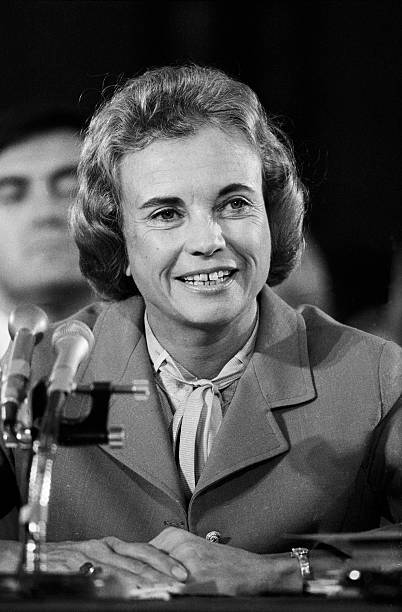
US Supreme Court legacy
At the US Supreme Court, she, at first, had issues such as a lack of a women’s restroom near the courtroom, something her male counterparts did not have to worry about.
In her first year at the court, Day, who was a proponent of collegiality and encouraged her colleague justices to have lunch together regularly, still continued making history as she received over 60,000 letters from members of the public, which is more than any other justice in history.
Besides making history as the 1st female US Supreme Court justice, she was also known as a moderate conservative who had well researched opinions. Despite the fact that she was a conservative, she usually broke ranks with her conservative colleagues on issues such as women’s rights and abortion rights. She voted to affirm the rights to abortion and women’s rights. In addition, she was also interested in the issues of separation of church and state as well as issues to deal with affirmative action. Here too, she spoke with her vote and often disagreed with her conservative colleagues on these issues as well. On these issues, she voted with the then liberal colleagues.
She is accused of not having an ideological center because as the court she served in became more conservative than she wished, she found herself more of a swing vote and a moderate in certain high-profile cases. However, more of her decisions sided with the conservative side than the liberal side, when looked in their entirety. Others feel that this was a strength for her as it made her relate with the wishes of the average American on hot button issues before the court.
Day lived to see the conservative majority at the US Supreme Court (especially the 2022 court) do away with Roe Vs Wade as well as strike down affirmative action laws in addition to blurring the separation between church and state. Despite her having served with conservative justices, she felt that the court had become ultra conservative.
One of the enduring controversies of her time at the court came during the 2000 election. Her husband is alleged to have said that if Democrat Al Gore won the presidency, she would have to wait 4 more years to retire as she would not want to retire when the Republicans would not be able to replace her seat. The controversy was brought to light given her vote to side with the conservative justices after the election petition which handed George Bush victory against Al Gore.
Day, who was a baptized Episcopal Church member and played golf as well as tennis in her free time, did not retire as the only female justice of the court, however, because the late justice Ruth Bader Ginsburg joined her and helped ease the pressure from her. Before Ginsburg joined her, she was considered the most powerful woman in America.
She was succeeded by justice Samuel Alito, and she did not hide her disappointment in the fact that her replacement was not a woman.
Life after the Supreme Court
In a decision she came to regret later on, Day retired early in 2006 to care for her husband who suffered from Alzheimer’s disease. He died 3 years later. She is quoted as saying that retiring from the court was the biggest mistake as well as the dumbest thing she ever did. This is probably after she had seen the direction the court took after she retired.
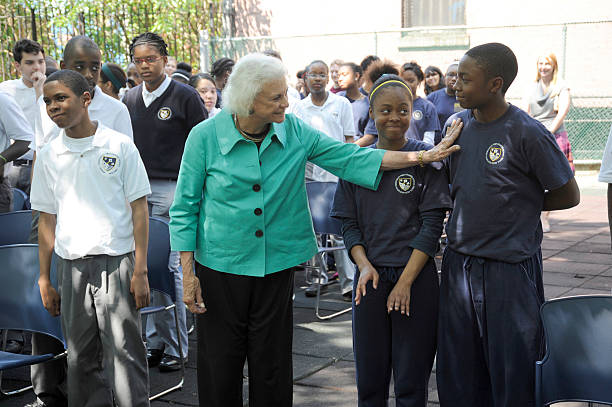
Day, who moved back to Arizona after retirement, founded iCivics and became an advocate of advanced civic learning. Justice Sonia Sotomayor continued with this after Day, by serving in the governing board of the organization. She was also a trustee on the board of the Rockefeller foundation besides being the chancellor of the College of William & Mary from 2005-2012. In 2006, she taught a course at the University of Arizona’s James E. Rogers college of law on the subject of the Supreme Court. The college of law would later be renamed after her in her honor. In addition to this, she was appointed by the US Congress as a member of the Iraq Study Group in 2006.
During her retirement, Day continued hearing cases and offering opinions in federal appellate courts all over the country. As such, she also filled in as a substitute judge occasionally. The humane and pragmatic Day fought breast cancer successfully in 1958. In 2018, she was diagnosed with dementia and possibly Alzheimer’s.
Conclusion
Before scaling back her public appearances after her Alzheimer’s diagnosis, she went on to say that “while the final chapter of my life with dementia may be trying, nothing has diminished my gratitude and deep appreciation for the countless blessings of my life”. That probably is the best summation of the kind of person she was.
Day died at the age of 93 on December 1st, 2023.
